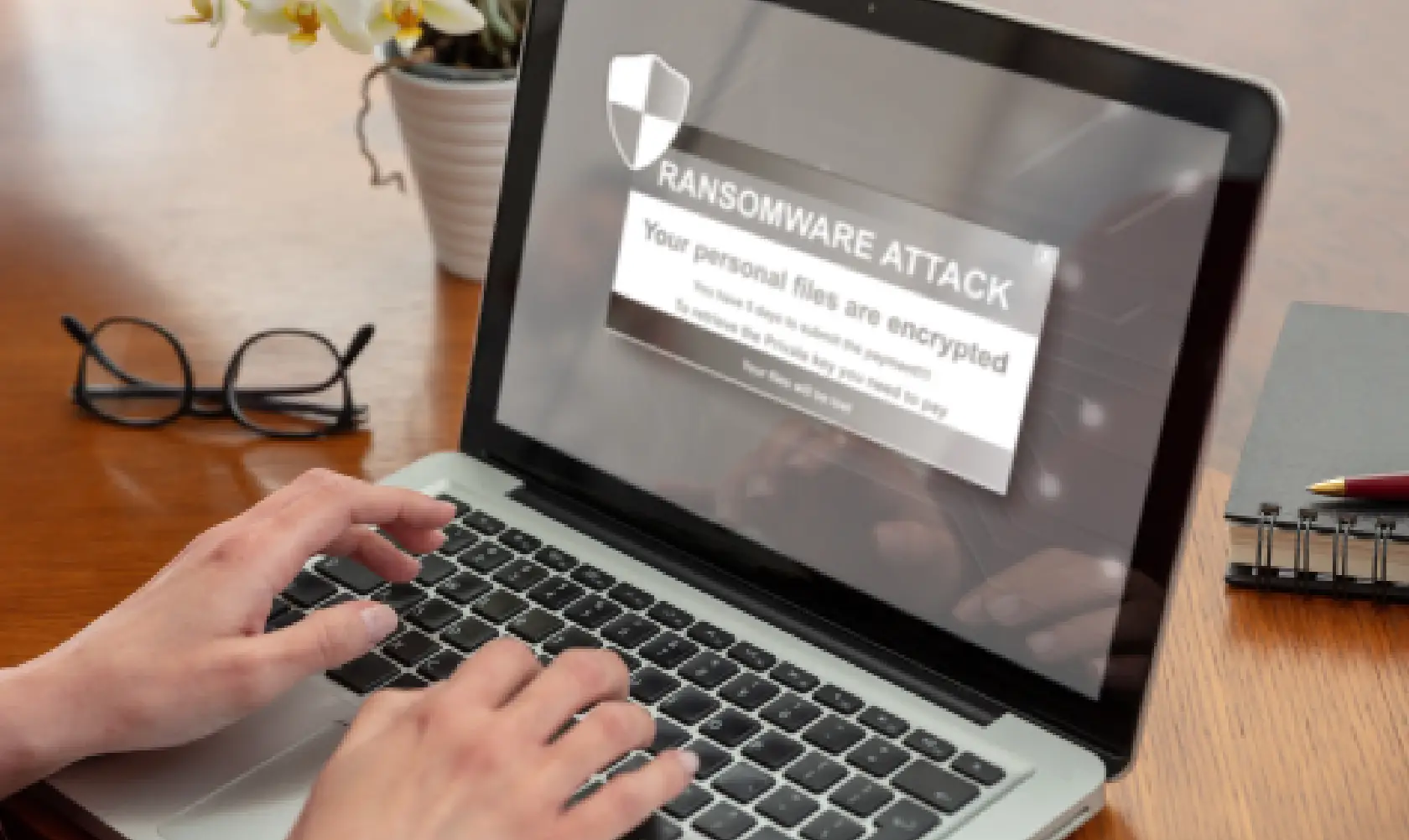Ransomware attacks are a growing threat to businesses of all sizes. These attacks involve malicious software that encrypts a victim’s data, making it inaccessible until a ransom is paid. Ransomware can have devastating consequences, including financial losses, operational disruptions, and reputational damage.
Risks of Ransomware Attacks
- Data Loss: Ransomware attacks can lead to permanent data loss if a backup is not available or if the decryption key is not obtained.
- Financial Losses: Paying a ransom can be expensive, and there’s no guarantee that the attackers will provide a decryption key. Additionally, there may be costs associated with data recovery, lost productivity, and reputational damage.
- Operational Disruptions: Ransomware attacks can disrupt business operations, leading to downtime and lost revenue.
- Regulatory Fines: In some cases, organizations may face fines or penalties for failing to protect sensitive data from ransomware attacks.
Strategies for Prevention
- Regular Backups: Implement a robust backup strategy, ensuring that backups are stored offline and regularly tested.
- Employee Training: Educate employees about the risks of ransomware and best practices for avoiding phishing scams and other attacks.
- Patch Management: Keep software and systems up-to-date with the latest security patches to address vulnerabilities.
- Network Segmentation: Segment your network into separate zones to limit the spread of malware in case of an attack.
- Email Security: Use email security solutions to filter out phishing emails and other malicious content.
- Multi-Factor Authentication (MFA): Enable MFA for critical accounts to add an extra layer of security.
Steps to Take in Case of an Attack
- Disconnect from the Network: Isolate the infected device or system from the network to prevent the ransomware from spreading.
- Document the Incident: Gather information about the attack, including the date and time it occurred, the affected systems, and any ransom demands.
- Contact Law Enforcement: Report the incident to local law enforcement and any relevant regulatory authorities.
- Engage a Cybersecurity Expert: Consult with a cybersecurity expert to assess the damage, develop a recovery plan, and provide guidance on next steps.
- Restore from Backups: If you have a recent and reliable backup, restore your systems and data.
- Review Security Measures: After the incident, review your security measures and identify areas for improvement to prevent future attacks.
Cyberscape Technology can help you protect your business from ransomware attacks. Our experts can provide guidance on prevention strategies, assist with incident response, and implement robust security measures to safeguard your data. Contact us today to learn more about our cybersecurity services.




